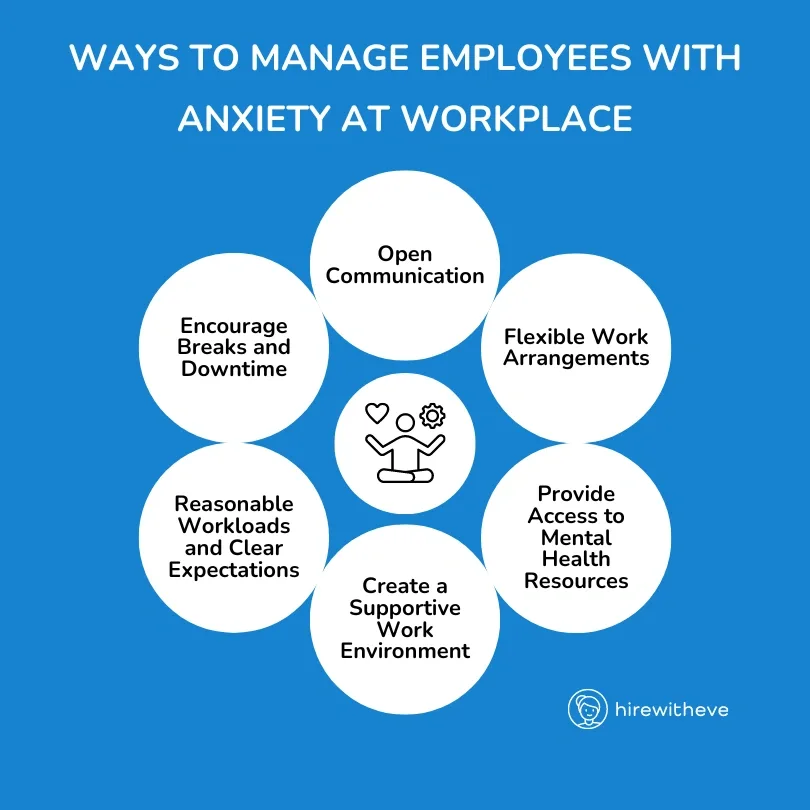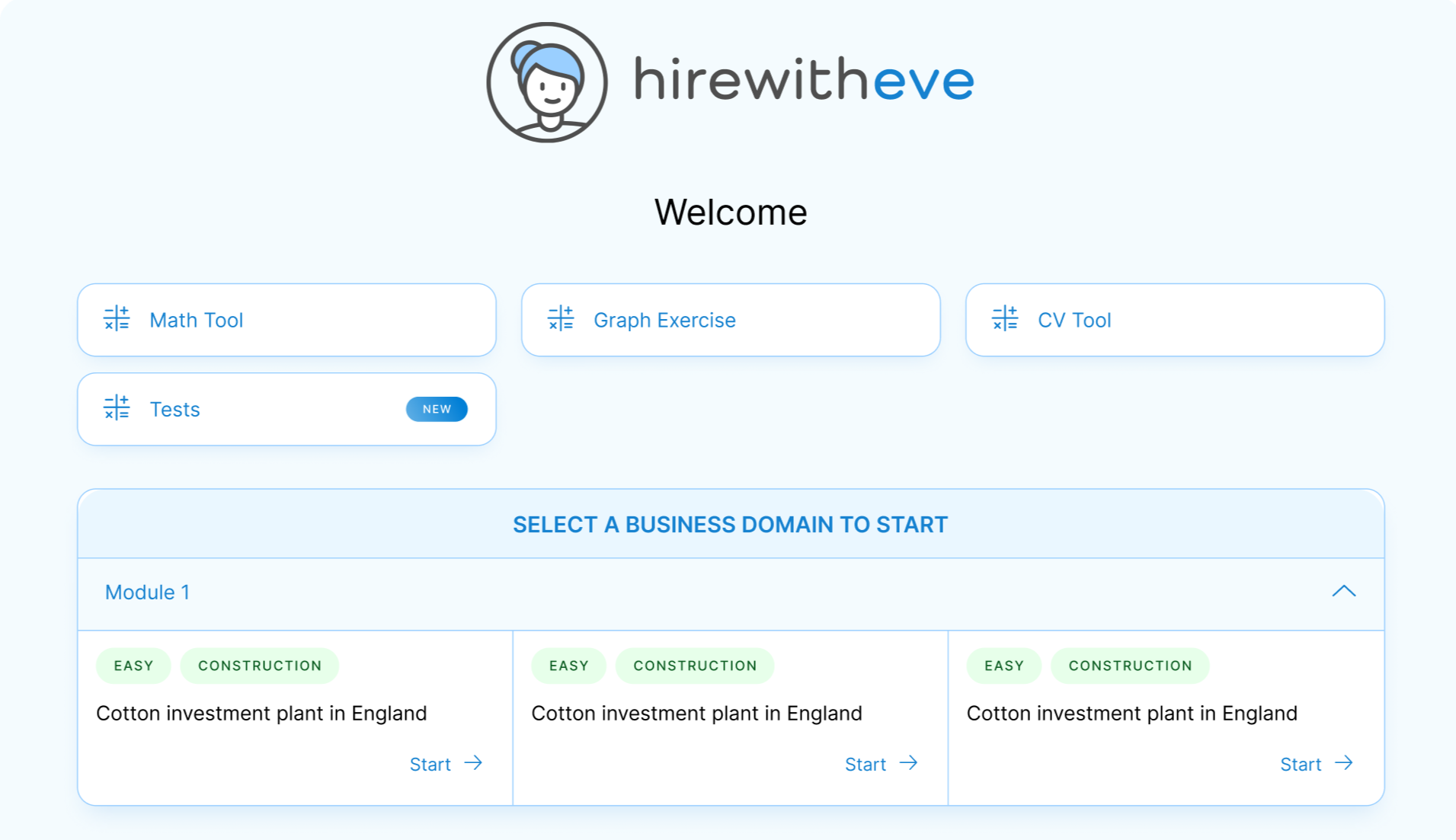How To Manage An Employee With Anxiety at Work?

Anxiety can feel like an invisible weight, making even the simplest tasks seem insurmountable.
In the workplace, this hidden struggle can affect not only the individual experiencing it but also their colleagues and the overall productivity of the team. As mental health awareness continues to grow, employers must recognize the signs of anxiety and understand how to support affected employees effectively.
By creating a compassionate environment and implementing tailored strategies, organizations can empower employees with anxiety to thrive at work while enhancing overall team morale and cohesion.
In this blog, we’ll explore practical approaches to managing employees with anxiety and promoting a healthier and more inclusive workplace for everyone.
Table of contents
What is Workplace Anxiety?
Workplace anxiety refers to the stress and apprehension employees may experience about their job responsibilities and environment. It encompasses a range of feelings, including fear of failure, excessive worry about performance, and concerns about job security or workplace dynamics.
Many factors can contribute to workplace anxiety, such as tight deadlines, heavy workloads, interpersonal conflicts, and unclear job expectations.
According to a report by the Anxiety and Depression Association of America, workplace anxiety can lead to decreased productivity, absenteeism, and increased turnover rates, impacting both employees’ well-being and organizational performance.
What Are the Causes of Anxiety at the Workplace?
Anxiety in the workplace can stem from various factors, which can impact employees’ mental health and overall productivity.
Here are some common causes:
Workload and Deadlines
High workloads and unrealistic deadlines can lead to overwhelming stress. Employees often feel pressure to meet demands, resulting in anxiety about their performance and ability to keep up.
Job Insecurity
Concerns about job stability, especially during organizational changes like layoffs or restructuring, can create a sense of uncertainty. This anxiety is particularly pronounced in industries facing economic downturns.
Poor Management and Leadership
Ineffective management styles, lack of support, and unclear expectations can leave employees feeling unsupported and anxious. Poor communication from leadership can exacerbate feelings of uncertainty.
Interpersonal Conflicts
Difficult relationships with coworkers, such as conflicts or bullying, can significantly contribute to anxiety. A toxic work environment can make employees feel isolated and stressed.
Work-Life Balance
Struggles to balance personal life and work commitments can lead to burnout. When employees feel they cannot disconnect from work, it can increase stress and anxiety levels.
What Are the Ways to Manage Employees with Anxiety at Workplace?
Managing employees with anxiety in the workplace requires a thoughtful, supportive approach that fosters a healthy work environment.
Here are several ways to help employees manage their anxiety effectively:

Open Communication
Encourage open conversations about mental health and anxiety. Let employees know that they can discuss their concerns without fear of judgment or reprisal. Managers should check in regularly to see how employees are feeling and offer support if they sense anxiety.
Flexible Work Arrangements
Allow flexibility in work hours or remote working options when possible. Employees with anxiety may need adjustments to their schedules to better manage their stress levels. Flexibility shows empathy and provides employees with space to manage their mental health while maintaining productivity.
Provide Access to Mental Health Resources
Offer resources such as Employee Assistance Programs (EAPs) or on-site counseling services. If possible, provide mental health days or stress management workshops. These initiatives demonstrate a commitment to supporting employee well-being and mental health.
Create a Supportive Work Environment
Foster a positive workplace culture where employees feel valued and respected. Reducing toxic behaviors such as bullying, micromanaging, and poor communication can alleviate anxiety. A collaborative and inclusive work environment can go a long way in reducing stressors.
Reasonable Workloads and Clear Expectations
Ensure that workloads are manageable and that employees understand their tasks. Unclear expectations can lead to stress and confusion. Set clear, realistic goals, and provide consistent feedback to help employees stay on track and reduce performance-related anxiety.
Encourage Breaks and Downtime
Encourage employees to take regular breaks and use their vacation time. Short breaks can help employees recharge, while time off allows for proper rest and recovery from work-related stress. Promoting a healthy work-life balance is key to reducing long-term anxiety.
Conclusion
Managing employees with anxiety at work requires a compassionate, proactive approach that emphasizes open communication, flexible work arrangements, and access to mental health resources. By creating a supportive environment and reducing workplace stressors, organizations can help employees feel more comfortable, productive, and engaged.
For platforms like HirewithEve, hiring assessments that focus on emotional intelligence and stress management skills can also ensure that candidates are better equipped to handle workplace pressure, contributing to a healthier work environment from the start.
Target Your Talent
Unlock tailored solutions for your recruitment and hiring needs with Eve Platform's extensive case study library.
Subscribe now to enhance your HR expertise and excel in your role.
Free Resources

Transforming Hiring: 7 Key Recruiting Metrics
Enhancing recruitment processes with data-driven insights for better hiring outcomes.

Reducing Hiring Bias with Hirewitheve.
Utilizing Hirewitheve to combat bias and streamline recruitment processes effectively.

Hiring Detail-Oriented Candidates
HirewithEve enhances hiring by accurately assessing candidate's attention to detail-oriented.








